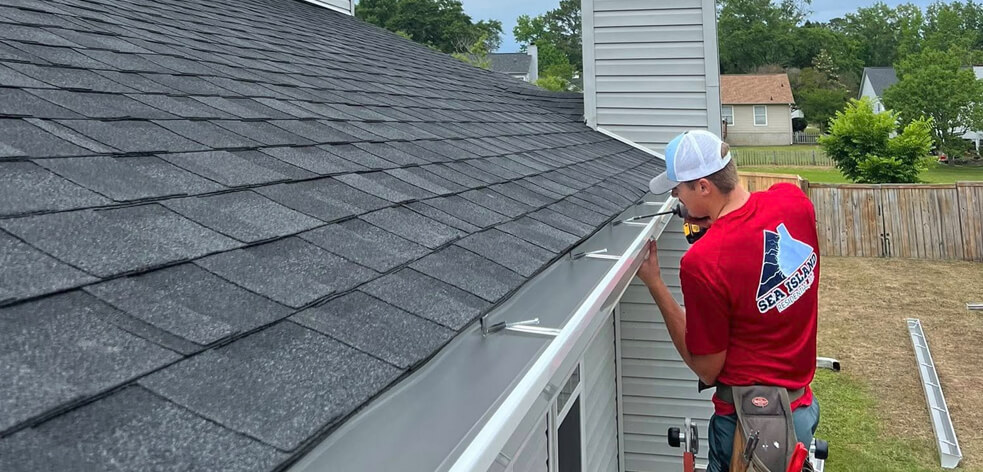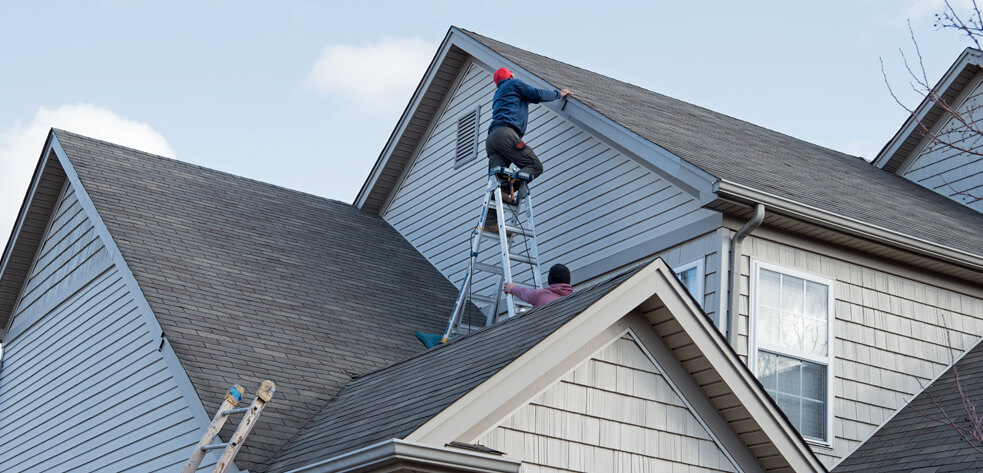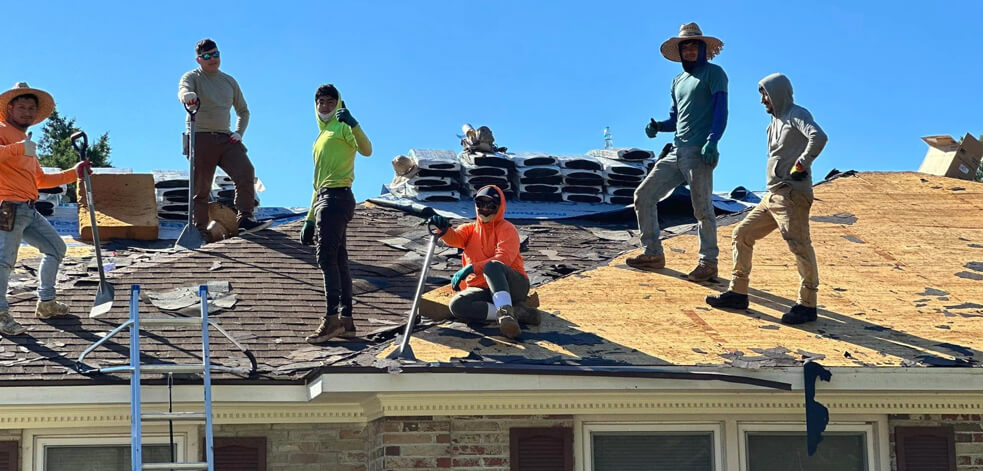The story of roofing is as old as human civilization itself and is closely tied to our need for protection and shelter. What started with basic materials like straw, leaves, and wood has evolved into a world of advanced options that shield our homes and enhance their beauty, energy efficiency, and even environmental impact.
A Journey Through Time
In ancient times, the choice of roofing materials was straightforward—people used whatever was naturally available. That meant things like thatch, mud, or stone, depending on the environment. While these materials served their purpose, they were limited in durability and protection, especially in harsh weather.
As societies developed, so did their needs. Architecture grew more ambitious, and roofing materials followed suit. The Industrial Revolution was a turning point, introducing mass production of asphalt shingles and metal roofing. These modern solutions offered better protection, longer lifespans, and easier installation than their predecessors.
Fast forward to today, and the choices are even more diverse. Modern materials protect homes from the elements and reflect a growing focus on sustainability and energy efficiency. Solar tiles, green roofs, and recycled materials are just a few innovations transforming the roofing industry today.
Traditional Roofing Materials in Charleston
Charleston, South Carolina, has a rich history and charming architecture, and it has its own story when it comes to roofing. Historically, residents relied on locally available materials to keep their homes cool in the summer and withstand strong winds from hurricanes.
One of the most iconic materials used in Charleston’s historic homes is clay tile. Known for its durability and fire resistance, clay tiles were favored for their practical benefits and natural beauty. They are still gracing many of the city’s most beloved structures.
Slate is another traditional roofing material that has stood the test of time. Its timeless appeal and long lifespan have made it a staple in Charleston’s architectural heritage. And while it’s more expensive and labor-intensive to install, many historic homes still boast beautiful slate roofs.
Wooden shingles, typically made from cypress or cedar, were also popular in the region’s rural areas. These natural materials were chosen for their resistance to rot and insects, two essential considerations in the humid South Carolina climate. Although their use has declined due to maintenance concerns and fire risk, they remain a part of Charleston’s historical landscape.
These traditional materials laid the foundation for the roofing innovations we see today. They reflect Charleston’s unique climate and cultural heritage, showing how the city has adapted to its environment while preserving its architectural charm.
The Evolution of Roofing Materials Over the Years
Roofing materials have come a long way from straw and wood. With advancements in technology, modern materials offer more protection, durability, and energy efficiency than ever before. Asphalt shingles, introduced during the Industrial Revolution, became the go-to choice for homeowners because of their affordability, ease of installation, and variety of styles.
Metal roofing, known for its strength and resistance to extreme weather, has become popular for commercial buildings and homes. Concrete tiles offer the appearance of traditional clay but with enhanced strength and versatility, making them another durable option.
In recent years, sustainability has taken center stage. Innovations like solar tiles and green roofs have emerged, allowing homeowners to reduce their energy consumption and carbon footprint. Solar tiles, for instance, blend seamlessly into a roof while generating clean energy for the home.
Benefits of Modern Roofing Materials
Modern roofing materials have many benefits that make them superior to traditional options. For starters, they’re built to last. Materials like metal, synthetic tiles, and high-quality asphalt shingles can withstand everything from scorching summers to freezing winters without deteriorating quickly.
Energy efficiency is another significant perk. Cool roofing, solar tiles, and green roofs are designed to reflect sunlight, keep homes cooler, and reduce energy bills. These materials also help combat the urban heat island effect by keeping cities cooler.
Aesthetic flexibility is yet another advantage of modern roofing. With a wide variety of colors, textures, and designs to choose from, homeowners can find the perfect material to match their style and budget. And many modern roofing options are recyclable, reducing their environmental impact even further.
Modern Materials for Charleston’s Weather Conditions
In Charleston, roofing materials face unique challenges, from the sweltering summer heat to the occasional hurricane. Thankfully, today’s materials are built to handle these extremes.
Metal roofs are especially well-suited for Charleston’s climate. They’re incredibly resistant to wind damage—crucial during hurricane season—and their reflective surface helps reduce heat absorption, making homes more energy-efficient in the hot summer months.
Composite shingles have also gained popularity for their moisture resistance and ability to withstand the humidity and rain expected in the area. They offer the look of traditional materials like wood or slate but with far fewer maintenance demands.
Green roofs and solar tiles are great options for those looking to reduce their environmental impact. Green roofs absorb rainwater, which helps prevent flooding, and solar tiles harness the sun’s energy, reducing a home’s reliance on the grid.
The Future of Roofing Materials
As technology continues to advance, the future of roofing looks even brighter. We expect to see more eco-friendly materials, such as bio-based or recycled options, becoming standard. Solar shingles that blend seamlessly into roofs will likely become more affordable and widespread, allowing more homeowners to generate clean energy.
Exciting research is also being conducted on self-repairing materials and smart roofs that can monitor their condition and alert homeowners to potential issues before they become major problems.
As cities continue to expand, green roofs will become an essential part of urban design. They will help combat climate change by reducing the urban heat island effect and improving air quality.
Sea Island Residential and Modern Residential Roofing Solutions
At Sea Island Residential, we’re proud to offer the latest modern roofing technology while staying true to Charleston’s architectural heritage. Whether you’re looking for durable metal roofing to withstand the elements or energy-efficient solar tiles, we’re here to help you make the right choice for your home.
Our family-run business is deeply rooted in the local community, and we understand the unique challenges of Charleston’s climate. We’re committed to offering roofing solutions that protect your home and enhance its beauty and sustainability.
If you’re ready to explore the best roofing options for your home, contact us today. Let’s ensure the roof over your head is ready for whatever the future holds!








